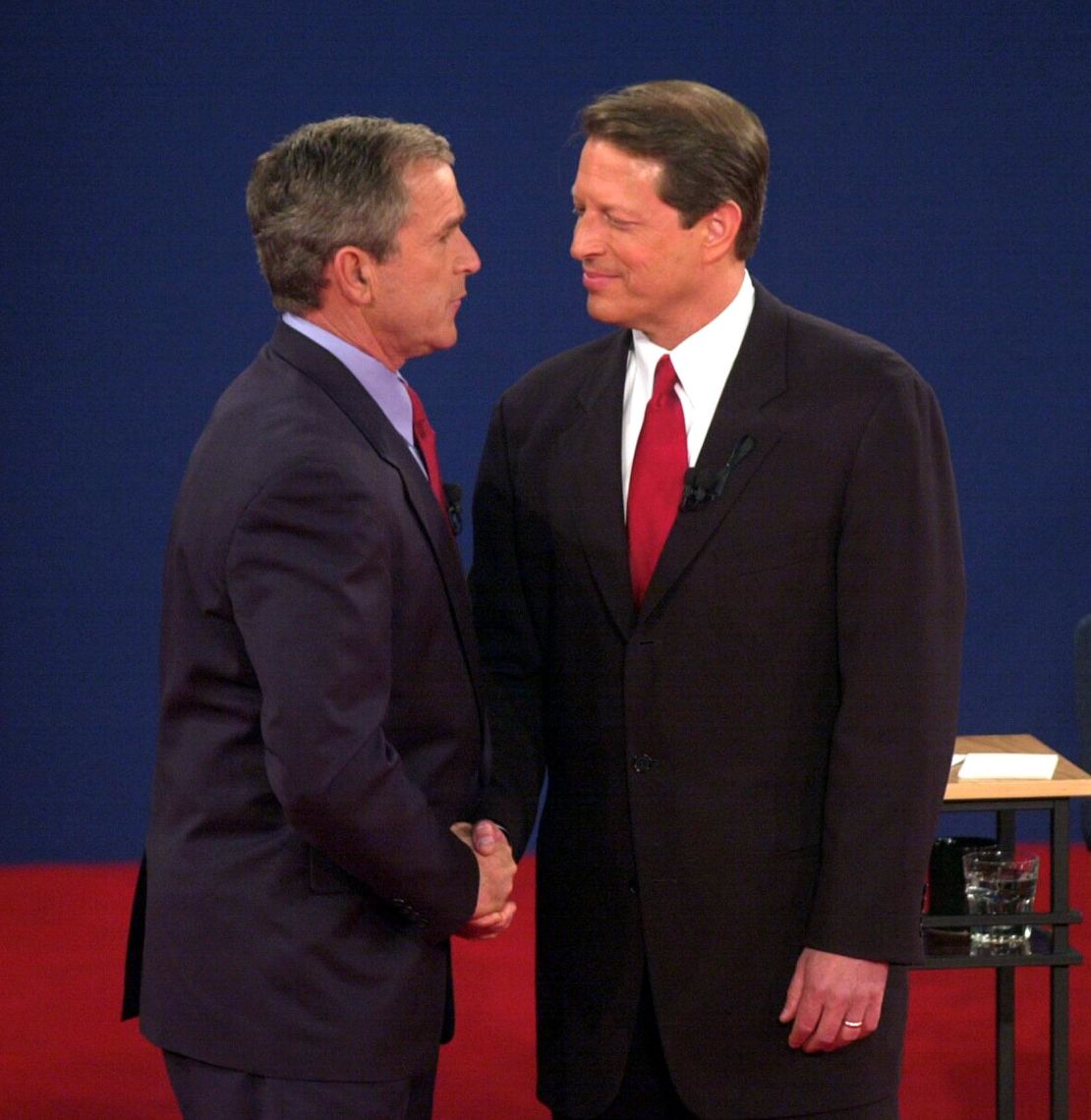Story highlights
A tied Virginia House race was decided by random chance on Thursday
Election ties in the US are sometimes broken by drawing lots or coin flips
The near future of Virginia politics all came down to random chance on Thursday.
Officials with Virginia’s State Board of Elections gathered in Richmond and drew a name out of a ceramic bowl. The winner, Republican David Yancey, got a seat in the state’s House of Delegates. The loser, Democrat Shelly Simonds, went home.
The drawing decided the 94th District race between Yancey, the incumbent, and Simonds, who finished in a 11,608-to-11,608 vote tie.
But the random lottery isn’t all that strange in the context of American politics. US states and localities have long had political tie-breaking rules in place that rely on random chance. That means drawing lots or straws, flipping coins or playing cards.
Envelope draws
Examples aren’t that hard to come by. In Florida in 2014, a Mount Dora City Council race was decided when the city clerk drew a sealed envelope with one candidate’s name out of a felt top hat, according to the Orlando Sentinel.
Other tiebreakers have gone to more complicated lengths in the name of randomness. To settle a tied race in 2014 for Neptune Beach City Council in Florida, one of the two candidates’ names was drawn from a hat. The winner of that drawing then got to call heads or tails during a coin toss. The winner of that coin toss then chose whether to go first or second in a random drawing of ping-pong balls.
Richard Arthur pulled a No. 12 ping pong ball out of a bag. Rory Diamond drew a No. 4 ball. Arthur, with the highest number, was named the winner, CNN affiliate WJXT reported.
Coin flips
In Alaska in 2006, a Democratic primary for a House seat was decided by a coin toss. The coin featured walruses on the heads side and the Alaska state seal on the tails side. Incumbent Carl Moses called heads, the coin came up tails, so challenger Bryce Edgmon was named the winner.
That randomness helped launch Edgmon’s career. He went on to win the general election and currently serves as the Democratic Speaker of the Alaska House.
Like Alaska’s walrus coin, other tie-breakers are connected to local history and tradition. A tied 1986 City Council election in Williamsburg, Virginia – the early capital of the Virginia colony in the 1700s – was decided by drawing names from the tri-corner hat popular in that colonial period.
Thursday’s method
Thursday’s drawing between Yancey and Simonds was decided by tie-breaking procedures laid out in a 1705 Virginia law. Both candidates’ names were placed in film canisters inside a blue and white ceramic bowl made by Steven Glass, a local artist. A board of elections member then drew Yancey’s name, and he was declared the new representative.
The random drawing had major repercussions on governing in Virginia. With Yancey’s win, Republicans maintained a slim 51-49 majority in the House. If Simonds had won, the two major parties would have had to share power.
House votes … over and over again
Still, that pales in comparison to the most famous tie in American politics during the presidential election of 1800. Thomas Jefferson and his running mate Aaron Burr tied in the Electoral College vote, as the Constitution did not distinguish votes between president and vice president.
The vote then went to the House, which voted 35 times without either candidate getting a majority. Finally, Jefferson won and became the 3rd president on the 36th vote, and Aaron Burr became the vice president.
The controversy led to the ratification of the 12th amendment to the US Constitution, which established procedures for electing the president and vice president and put in place contingencies in case of a tie.
Poker hands

Recent presidential elections have had close calls, too. In the 2000 presidential election, Al Gore topped George W. Bush in New Mexico by just 366 votes. If the two had tied, state law would have called for the election to be decided by a game of chance, such as a single hand of poker. But local officials acknowledged that was a long shot.
“It’s hardly likely we’ll get Al Gore and George W. Bush back here for one hand of five-card stud,” Denise Lamb, director of the state Bureau of Elections, told the New York Post at the time.


